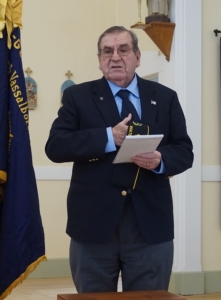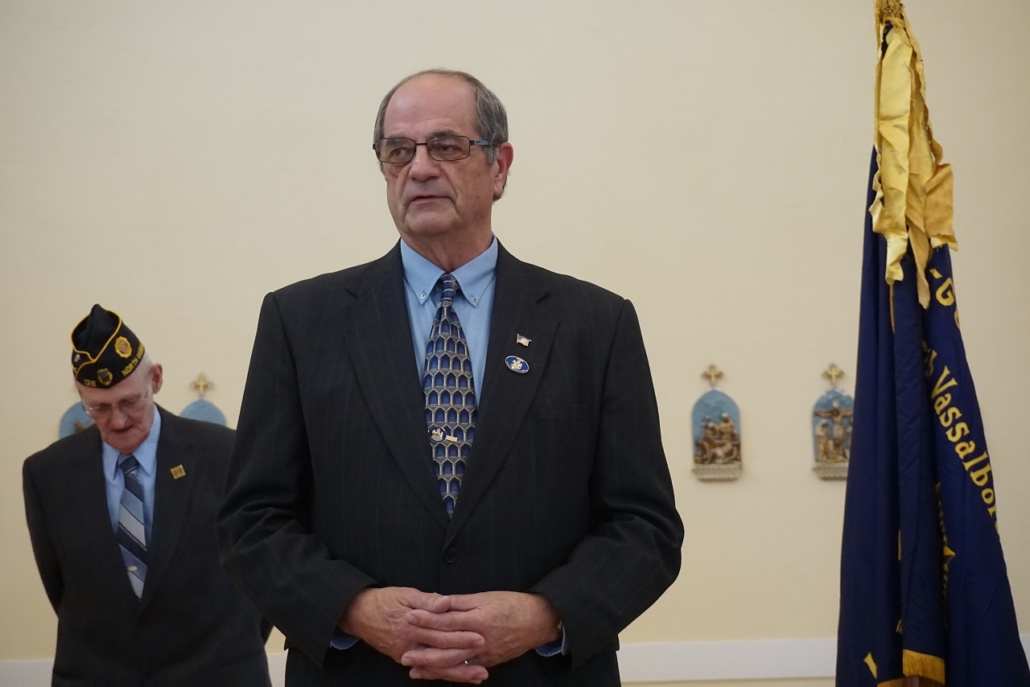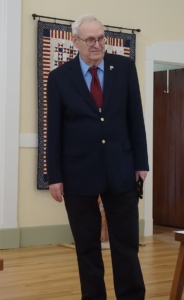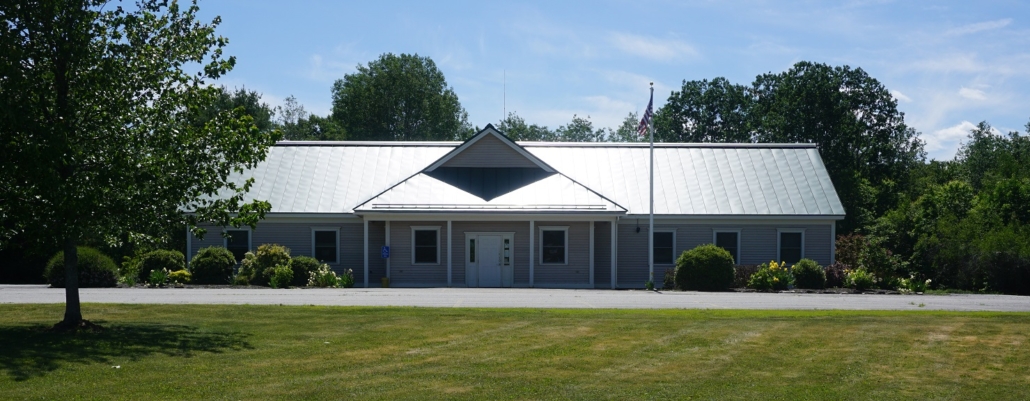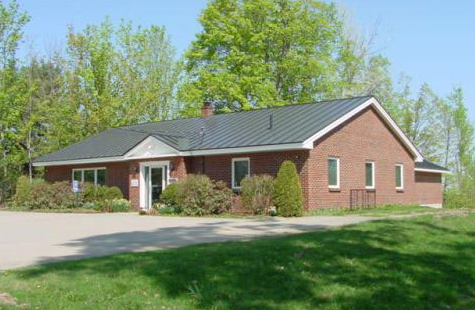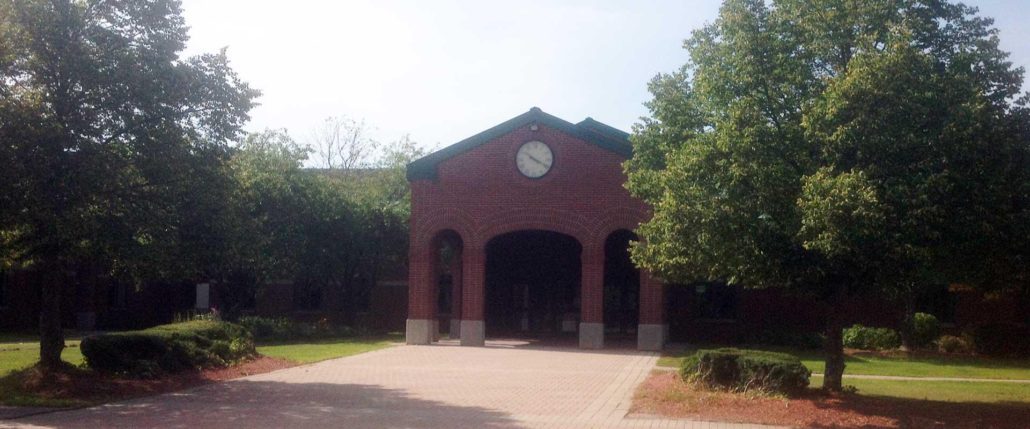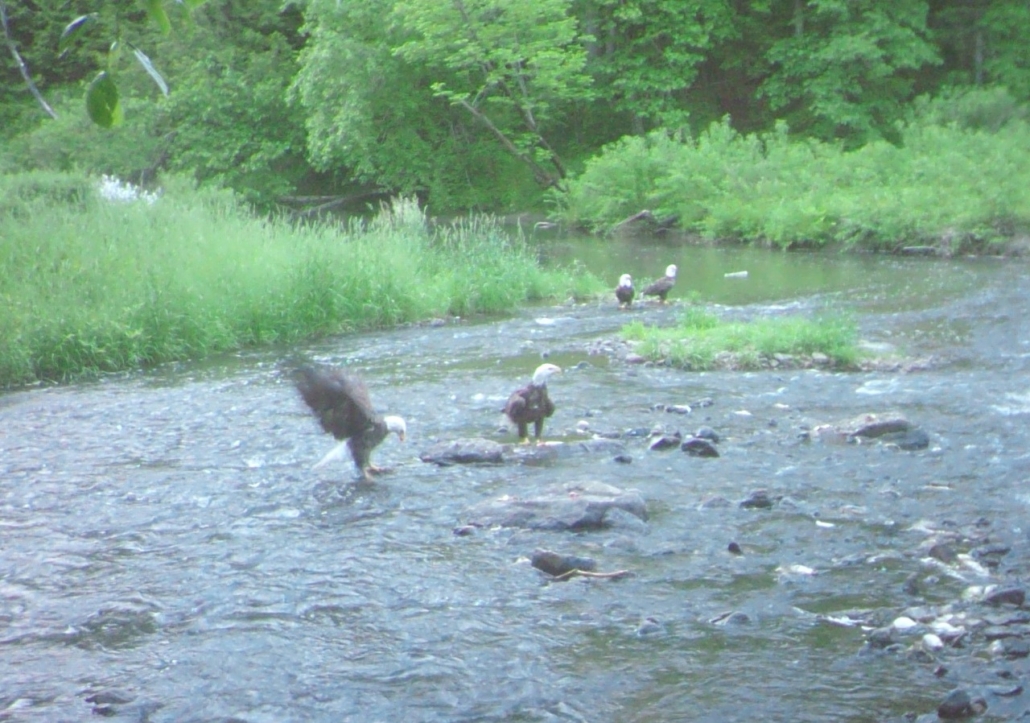Selectmen sign warrant for June 3, 11 town meeting
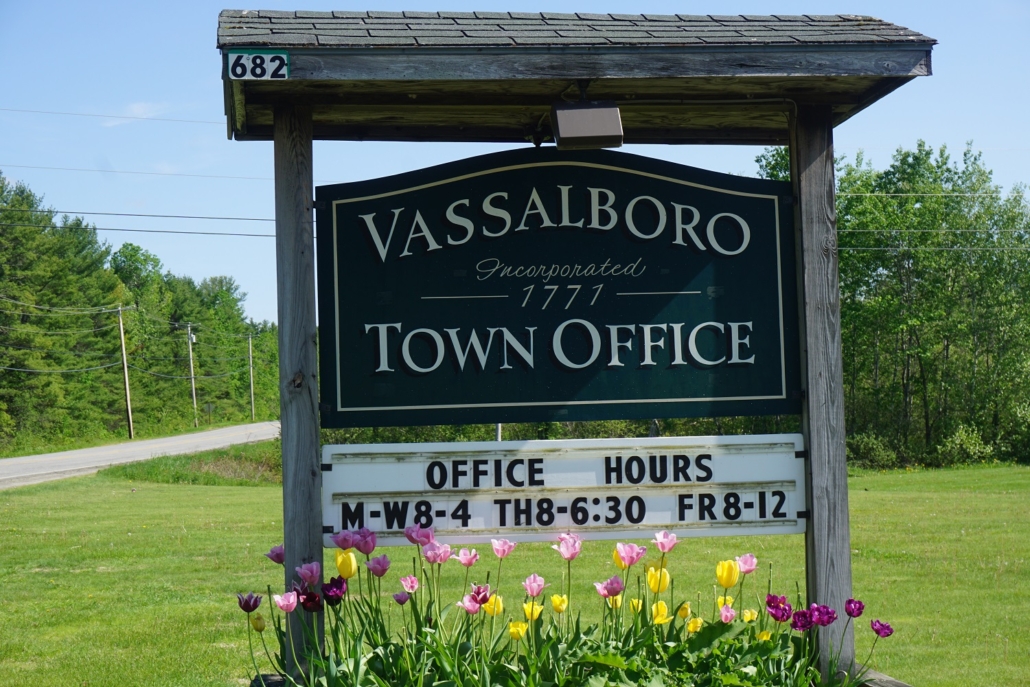 by Mary Grow
by Mary Grow
At their May 2 meeting, Vassalboro selectmen signed the warrant for the June 3 and June 11 town meeting and discussed a proposal it includes asking voters to spend $1,000 to improve Soldiers Memorial Park in East Vassalboro (Art. 27).
Selectman John Melrose came up with the park plan as part of the 2021 observance of Vassalboro’s 250th anniversary.
The tall granite statue of a Civil War soldier on a field between the East Vassalboro boat landing and the former East Vassalboro schoolhouse, now the historical society museum, would remain the centerpiece of the park. The soldier stands on a platform listing names of Vassalboro’s Civil War veterans. Melrose still hopes someone knows where the soldier’s missing rifle is and will help the town reclaim it.
Melrose’s plan calls for a handicapped-accessible walkway from Route 32 to the statue, a circular walkway around it, gardens on both sides and storyboards commemorating Vassalboro residents’ service in wars from the Revolution to Vietnam.
The process of removing dead and diseased trees and planting new ones on the school and park grounds has started, with help from Fieldstone Gardens, the public works crew and volunteers (including local beavers). Melrose plans to continue to collaborate with interested town organizations, businesses and individuals.
There was a brief discussion of moving the two monuments in front of the old town office in North Vassalboro to the park, if North Vassalboro residents are willing. The older monument recognizes Vassalboro men who served in the War of 1898 and World War I (identified as “The World War 1914-1918”), with names listed. The younger and smaller, put up by Ronco-Goodale American Legion Post #126, honors “All veterans from Vassalboro.”
The other two selectmen support Melrose’s plan.
Discussion of the land encompassing the boat landing, park and former school touched on three related issues: state plans to rebuild Route 32, including the need to define road right-of-way boundaries before planting roadside trees in the park; ARI (Alewife Restoration Initiative) plans to install a fishway at the China Lake outlet dam; and boundaries between town-owned land and land owned by the Kennebec Water District (KWD).
The June town meeting warrant includes a request to authorize selectmen to approve modifications to the dam to restore passage for alewives into China Lake.
Town Manager Mary Sabins said she and KWD officials are still negotiating renewal of the agreement under which KWD has managed the dam in return for a $1,200 annual payment from the town. KWD, under new managers, now wants to double the payment and lessen its duties.
Vassalboro’s include accepting the KWD proposal, perhaps with modifications; taking over dam management and paying KWD nothing; or, as state law allows, abandoning the dam. The assumption is that if Vassalboro abandoned the dam, self-interest would require either KWD or the Town of China to take it over, the former to maintain water levels and quality, the latter to protect the taxes paid by shoreline owners.
In other business May 2:
- Sabins reported replacement of Vassalboro’s streetlights with LED lights is tentatively scheduled for July, August or September of this year.
- The manager said Central Maine Disposal, the company contracted to haul Vassalboro’s trash and supply porta-potties around town, has merged with Pine Tree Waste-Casella, effective May 1. She was told there will be no immediate changes.
- Volunteer Fire Department spokesman Michael Vashon said the value of replacing the worn-out boiler at the North Vassalboro fire station with heat pumps is questionable. He reported that with help from J. J. Wentworth of the public works department, firefighters had their hoses and ladders tested; they need to replace some hose sections and repair their longest and least-used ladder.
The next regular Vassalboro selectmen’s meeting will be Thursday evening, May 16. The annual town meeting begins at 6:30 p.m. Monday, June 3, at Vassalboro Community School, where voters will act on the first 63 warrant articles, including municipal and school budgets. The last three articles – local elections, confirmation (or rejection) of the school budget and a decision on continuing the school budget ratification vote for three more years – will be presented for a written-ballot vote on June 11. Polls at the town office will be open from 8 a.m. to 8 p.m.



